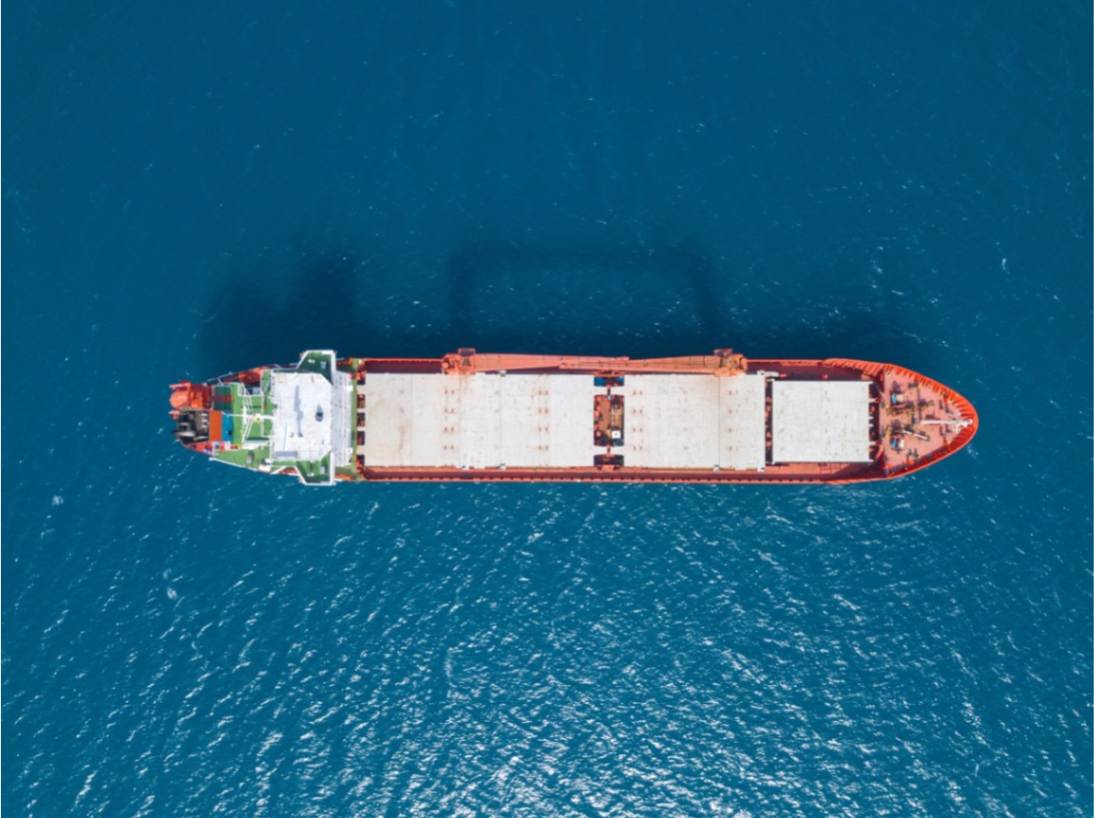
4 strategies to mitigate a surge in shipping costs due to the new EU ETS regulations
Posted
Dec 4, 2023
To effectively integrate carbon costs into your business strategies under the new regulations, it's crucial to understand your exposure by gathering detailed data on scope 3 emissions.
Understanding the EU ETS and its impact on cargo owners
The EU ETS is not just another policy; it's a game-changer for the shipping industry. As cargo owners, you play a pivotal role in this transformation. The carbon cost associated with emissions allowances will inevitably trickle down to your operations, impacting your bottom line.
Key facts about the EU ETS implementation
Starting from January 1, 2024, the EU ETS will introduce a phased-in approach to carbon pricing:
2025: 40% emissions covered
2026: 70% emissions covered
2027: 100% emissions covered
Methane and nitrous oxide emissions will also be included in the ETS from 2026. The carbon cost is no longer a distant concern; it's a tangible reality that warrants immediate action.
Immediate consequences of non-compliance:
Fines and refusal of port calls await shipping companies that fail to comply with the EU ETS regulations. However, these consequences will inevitably translate to cargo owners footing the bill. The carbon cost is a shared responsibility that will impact the operations of cargo owners directly.
Strategies for mitigation
Maximizing efficiency through vessel upsizing
Consider the power of larger vessels in reducing emissions per cargo ton transported. Embrace the cost savings and environmental benefits that come with maximizing cargo intake.
Slashing emissions through speed and port operations optimization
Slow down to speed up sustainability. Lower speeds and optimized port operations can lead to substantial emissions reductions and cost savings. Embrace just-in-time arrivals for a dual impact.
Drive change with more strict vessel specifications
Collaborate with shipping operators to enforce greener vessel specifications. Enhance your environmental stewardship while reaping the financial rewards of energy-efficient transportation.
Explore alternative fuels and carbon credits
Innovative solutions like drop-in fuels and "Insets" (shipping-specific carbon credits) offer avenues for emissions reduction. These forward-looking strategies demonstrate your commitment to sustainability and can reduce your exposure.
Beyond emissions reduction, these strategies impact your supply chain logistics holistically. They enable you to create more resilient and sustainable operations that contribute to long-term success.
Act now to secure a sustainable future
The clock is ticking, and the EU ETS will be relevant sooner rather than later. Now is the time to connect with us to formulate a tailored plan that aligns with your specific cargo transportation needs. Don't wait until the carbon cost is already impacting your operations—take proactive steps now to secure a sustainable future for your business.
The era of carbon pricing in shipping is no longer on the horizon; it's knocking at your door. As cargo owners, the decisions you make today will shape the future of your business and the environment. Factor the looming carbon cost into your critical commercial decisions and join us in charting a course toward a greener, more cost-effective shipping industry.



